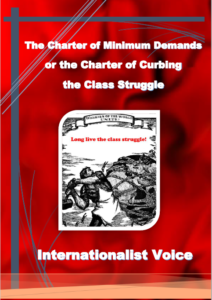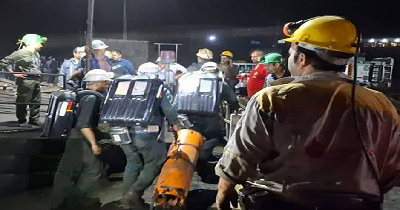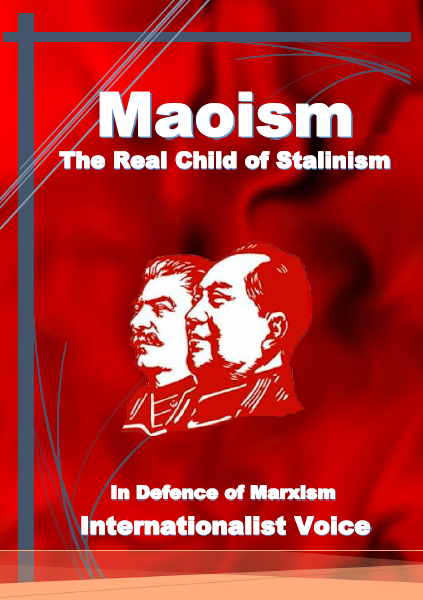The Charter of Minimum Demands or the Charter of Curbing the Class Struggle
Twenty “union” and “civil” organizations, representing groups including workers, teachers, Muslims, human rights and women’s rights defenders, have recently published the Charter of Minimum Demands of Independent Trade Unions and Civil Organisations of Iran. This Charter has gained support across the left of capital, including some parties on the Right such as the National Front and the Republican Alliance.
The fundamental question every conscious worker and anti-capitalist militant should ask is this: What are the material grounds for the formation of such a Charter? The fact is that, following recent protests, supported by governments and democratic institutions, and the enduring legacy of the Guadalupe Conference, from the far right to the far left are working to formulate and present their demands for the era after the Islamic Republic.
Recently, several opponents of the Islamic bourgeoisie, supported by Western governments, presented the Charter of Solidarity and Organization for Freedom. This is supposed to be an ‘umbrella’ document that covers the demands of the majority of Iranians. It is a Right, pro-Western Charter, which has the support of Western countries and their regional partners.
In a such situation, the left of capital, in competition with right-wing of capital must present its own Charter that is capable of uniting many factions. Unfortunately, the independent voice of workers is absent in the development of various statements and Charters, which is particularly important given that globally, the working class is reviving the class struggle. However, these Charters and declarations are deliberately designed to curb the class struggle and supress the voice of the working class.
As the class struggle is gaining strength globally, different tendencies of bourgeois take their own approaches to containing it. The metropolitan bourgeoisie is aware that the working class is a sleeping giant. The call for trade unions indicates that the metropolitan bourgeoisie is attempting to channel workers’ protests via unions and pre-planned strikes to exhaust the anger of the workers, thus preventing the formation of independent labour struggle. In regimes marked by a dictatorial superstructure, the left of capital is responsible for the great task of restraining the class struggle in more complex forms than that seen in metropolitan capitalism.
The clauses within the Charter of Minimum Demands are aimed at preventing the independent organization of workers and, as a result, the document intends to curb class struggle. Contrary to the nationalism of the Charter’s authors, the working class has a global identity, the attacks of the bourgeoisie on the working class are global, and therefore the response of the working class is also global. Attempts to quash class struggle are futile as class struggle will always endure.
Table of contents:
- Introduction
- Historical background of the minimum and maximum programme
- Bourgeois-democratic demands
- Separation of economic and political struggle
- The concept of independent labour struggle
- Women, life, freedom
- Charter audiences
- Fragmentation of the working class
- Review point 1
- Review point 2
- Review point 3
- Review point 4
- Review point 5
- Review point 6
- Review point 7
- Review point 8
- Review point 9
- Review point 10
- Review point 11
- Review point 12
- Fulfilment of minimum requirements
- The future belongs to the class struggle
- Basic Positions
Internationalist Voice
March 2023















